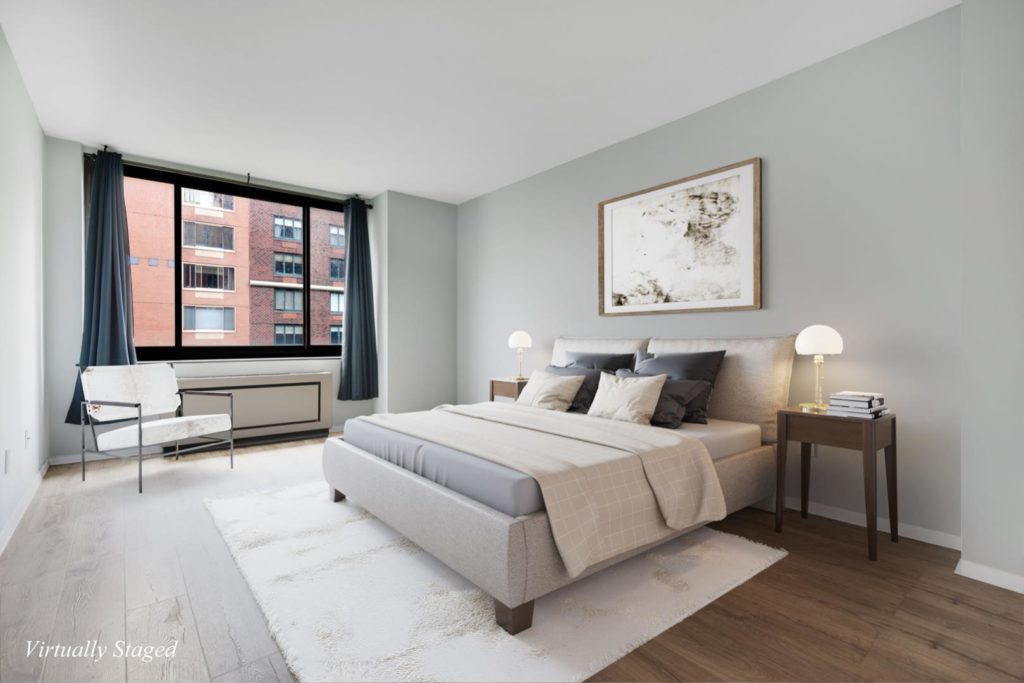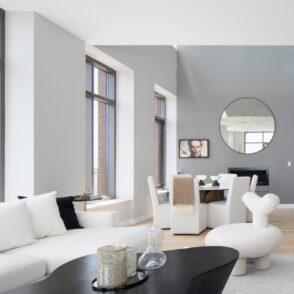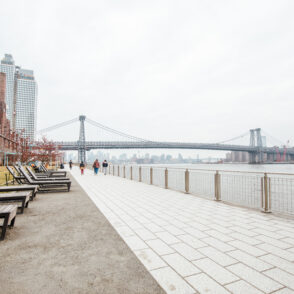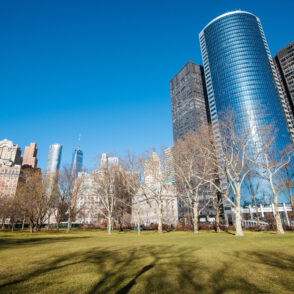Although it sounds fancy, the term “pied-à-terre” is actually just what most people would call a “second home” or “vacation home” in everyday conversation. The French term translates as “a foot on the ground,” referring to an apartment that isn’t a primary residence and is only used on a temporary basis – “temporary” meaning anything from a few days a week to avoid a lengthy commute, several long weekends to enjoy the city, or a few weeks a year for vacation or business trips. So if a home away from home sounds like your style, here’s what you need to know about buying one in NYC.
Should you buy in a condo or co-op building?
Both condo and co-op buildings have their own rules about pieds-à-terre – some don’t allow them at all and some allow them under certain conditions. Which one to buy depends on what you’re planning to do with your pied-à-terre. If it’s only for personal use, then both a co-op or condo could work. But if you’re thinking about subletting the apartment between personal visits, condos make the better option as they usually have fewer restrictions on who can use the apartment. The same applies to international buyers as co-op boards are often more difficult regarding U.S. tax returns.
What building amenities should you look for?
For the most part, this depends on the reason you’re buying a pied-à-terre. If you need to be in NYC because of work, then a short commute to the workplace can be an important factor. Others prefer having the luxury Manhattan lifestyle complete with a fitness center, garage, and doorman. A doorman or superintendent can be very important as they can accept any packages and keep an eye on your apartment while you’re out of town. A fitness center can also be a convenient amenity because most people wouldn’t want to pay for an additional gym membership.
How much should you expect to spend each month?
The monthly expenses mostly depend on the intended use of a pied-à-terre. If you buy a pied-à-terre for vacation or entertainment purposes (and want to go for a number of amenities) than you can expect to pay a good amount. But, if you’re planning on using the place a few nights per week for work purposes, monthly expenses will be much lower – most likely under $1,000 a month.
Additional costs can arise when you are obligated to pay state or city taxes. Time / tax regulations apply if you are a full-time resident of another state and occupy your pied-à-terre for more than six months a year. So in order to avoid New York City taxes, it’s important to remember the rules.
Is it harder to get financing?
Generally, yes. A second home always brings more risk and the bank is aware of this: In any time of trouble, you’re most likely to stop paying for your second home first, as you aren’t in residence full-time. To be able to buy a pied-à-terre, the bank needs to be convinced that you’re able to finance all your homes.
Are there any cons to buying a pied-à-terre?
Included in the drawbacks are the additional costs you’ll have to pay each month, especially the ones you didn’t originally account for. Another thing to keep in mind are repair problems you need to deal with from afar – You’re responsible for your new home even when you’re not there.
One proposal that has also recently been revived is the idea of a pied-à-terre tax, which concerns all non-primary residences with a market value of $5 million or more. The idea behind this tax is that secondary homeowners aren’t paying city income taxes, but are still taking properties off the market. Though the average pied-à-terre buyer probably won’t feel the squeeze, the proposed tax might be a reason to think twice for some.
With all of this info in mind, the next step is to find your perfect second home. Click here or call 646.681.5272 with your questions to speak with an agent from Platinum Properties! We’re standing by to help you through every step of the real estate process, whether buying or selling a pied-à-terre, guiding your rental search, or anything in between.



